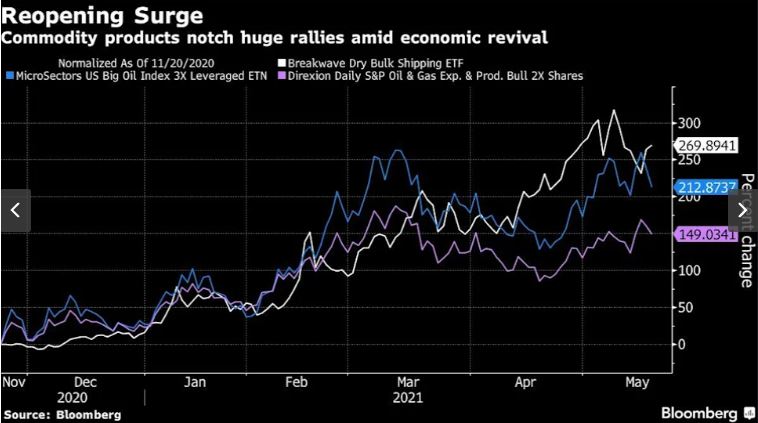Sevens Report Analyst Quoted in Market Watch on April 14th, 2022
Gold marks first loss in 6 sessions, but posts a gain for the week
Looking ahead, the outlook for gold is still bullish and “the level to beat for futures to begin a new leg in the current uptrend is the 2022 high close of $2,058” an ounce, analysts at Sevens Report Research wrote in Thursday’s newsletter. Click here to read the full article.








